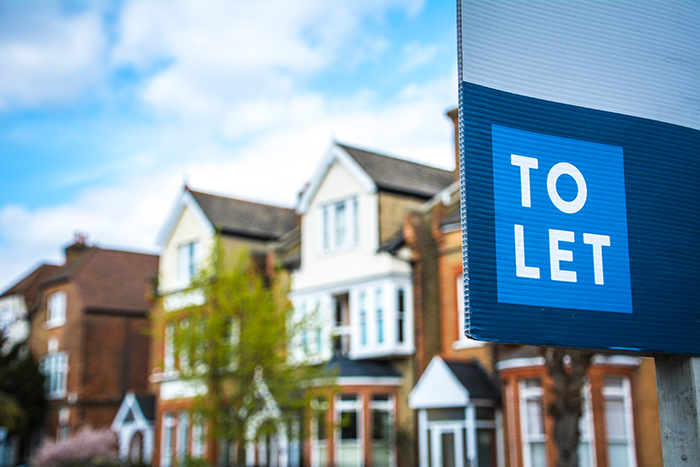
Rental value growth remains firmly in double-digits in prime London postcodes as demand continues to outstrip supply in October, the latest lettings report from Knight Frank reveals.
Data found that the number of new prospective tenants was 60% above the five-year average – excluding 2020 – in October while new listings were down by about a third.
As a result of this imbalance, average rents went up by 17.8% in prime central London (PCL) and 15.4% in prime outer London (POL) in the year to October.
Knight Frank explains that a supply shortage has been a feature of the market since Q2 2021 as landlords sold to take advantage of the strong sales market and more properties reverted to the short-let market as Covid restrictions were relaxed.
However, as the outlook for the sales market becomes more uncertain, the lettings report suggests there are early signs that the supply of lettings stock is increasing, a trend confined so far to higher-value properties.
Market valuation appraisals are a good leading indicator of supply and for properties valued between £1,000 and £5,000 per week, the number was 17% higher in October than it was in January.
Meanwhile, for sub-£1,000 properties, there was a 24% decline.
The average gross yield in PCL was 3.72% in October, the highest figure since June 2011.
The average was 3.74% in POL, which was the largest figure since December 2013.
Knight Frank head of prime central London lettings David Murphy says: “My sense is that we are approaching the end of the period where supply and demand are completely out of step.”
“It’s not in every location yet, or in all price ranges, but there are more properties coming across from the sales market and in certain arears some asking rents are starting to soften, which we haven’t seen for many months.”
“We are carrying out more appraisals together with our sales teams as owners explore all options. The moderate growth of 6% forecast next year looks more appropriate than the double digit rises seen over the last 18 months.”



